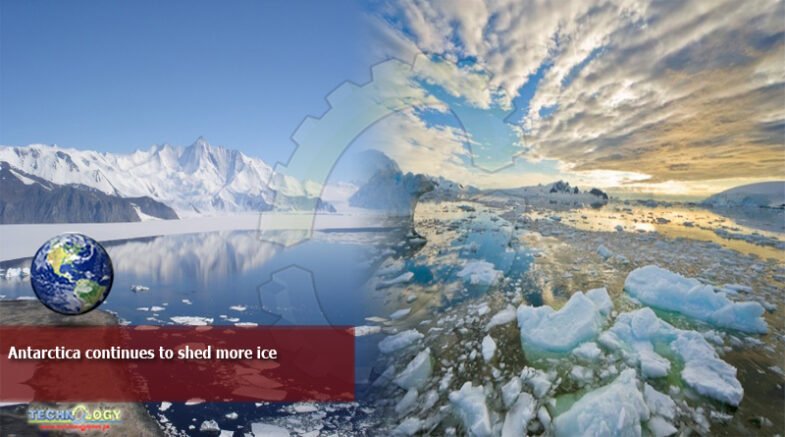A new study from researchers in various countries says that Antarctica will most probably continue to experience ice loss in the years to come.

The research was led by climate scientists coming from Monash University. They revealed that the ice loss being experienced by Antarctica was initiated many centuries in the past and continued to persist until the present. They also expect the failure to continue for the coming years.
The lead study authors are Dr. Ross Whitmore and Dr. Richard Jones, both of the School of Earth, Atmosphere & Environment of Monash University.
According to the study authors, their research implies that the loss of ice is currently seen in Antarctica will likely remain unabated for a very long period, regardless of whether climate change is stopped and reversed or not.
The research has just been published in the latest issue of the journal Geology.
The paper describes a chronology of the Mawson Glacier’s ice movement, which is beside a region belonging to the Ross Sea. There, a marine-based dynamic retreat of the ice sheet occurred after the Last Glacial Maximum period.
The available data shows that there had been an abrupt loss of the ice amounting to a minimum of 220 meters, which occurred somewhere from 7.5 to 4.5 millennia in the past. Then, gradual thinning occurred afterward, which continued up to the last one thousand years.
The present research showed that thinning of the ice sheet occurred in the southwest region of the Ross Sea. According to the researchers, during the Middle Holocene Period, there had been an abrupt loss of the ice amounting to hundreds of meters, relatively having the same rate and length of time and occurring in several glaciers that served as outlets.
Two outlet glaciers showed an abrupt de-glaciation in a wide region during the Middle Holocene Period.
The data generated by the study showed that concerning the changes in the regional ocean temperatures and sea levels, it was ocean warming, which most probably drove the retreat and the ice drawdown. This, in turn, accelerated due to the instability of the ocean ice sheet.
According to the School of Earth, Atmosphere & Environment head and professor Andrew Mackintosh, they showed a rapid loss of ice in a portion of Antarctica’s ice sheet in terms of geological time.
He says that the past loss of ice progressed faster as the rapid ice loss and changes being currently seen in Antarctica now.
They are both caused by the same factors, and therefore the current loss will also follow the same trend and continue in the future. This is due to the ocean’s warming, which is further amplified by several internal feedback mechanisms.
He says that the ice loss and retreat continued several centuries since its initiation. Therefore, the ice being lost today will also likely continue for an extended geological period in Antarctica.
Originally published by NatureWorldNews
